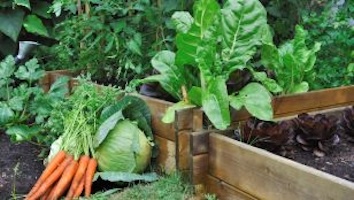Module 4: Growing vegetables
In this module we start by looking at the different ways of naming plants, how we classify and categorise food plants, and how to plan your vegetable growing to get the best outcomes. Most of the module is dedicated to studying some of the basics around growing different vegetables, including leaves, greens, roots and stems; and vegetables grown for their fruits and seeds. We complete the module learning about herbs and why every gardener has to grow parsley!

Lesson 1 - Naming, classifying and categorizing food plants
A plant can have many names. Perhaps the most widely used is the common name – the name given to a plant that’s in common usage. However, the common name of a plant changes depending on where you are…

Lesson 2 - Planning your vegetable growing
To plan your growing do some research around the types of vegetables that will best suit your site and your circumstances. Most annual vegetables have defined lifecycle, from the seed germination…

Lesson 3 - Leaves, greens, roots and stems
Some of the easiest vegetables to grow are the leafy greens. They include common plants such as lettuce, spinach, cabbage, silver beet, rocket and kale, and some of the more unusual including bok…

Lesson 4 - Flowers, fruits and seeds
The vegetables in this group include those with edible flowers or buds, such as broccoli, cauliflower or globe artichokes; the many fruit-bearing plants, particularly cucurbits (pumpkins, cucumbers, etc.) and those in the Solonaceae family (capsicums, tomatoes, chillies, eggplant); and the seed-bearing vegetables, including legumes (peas, beans) and sweet corn.

Quiz - Summing up growing food
Hello! You are halfway through this course. By now you probably know the drill, but we will share it again...we don't save the results nor is it necessary for you to complete this quiz to…